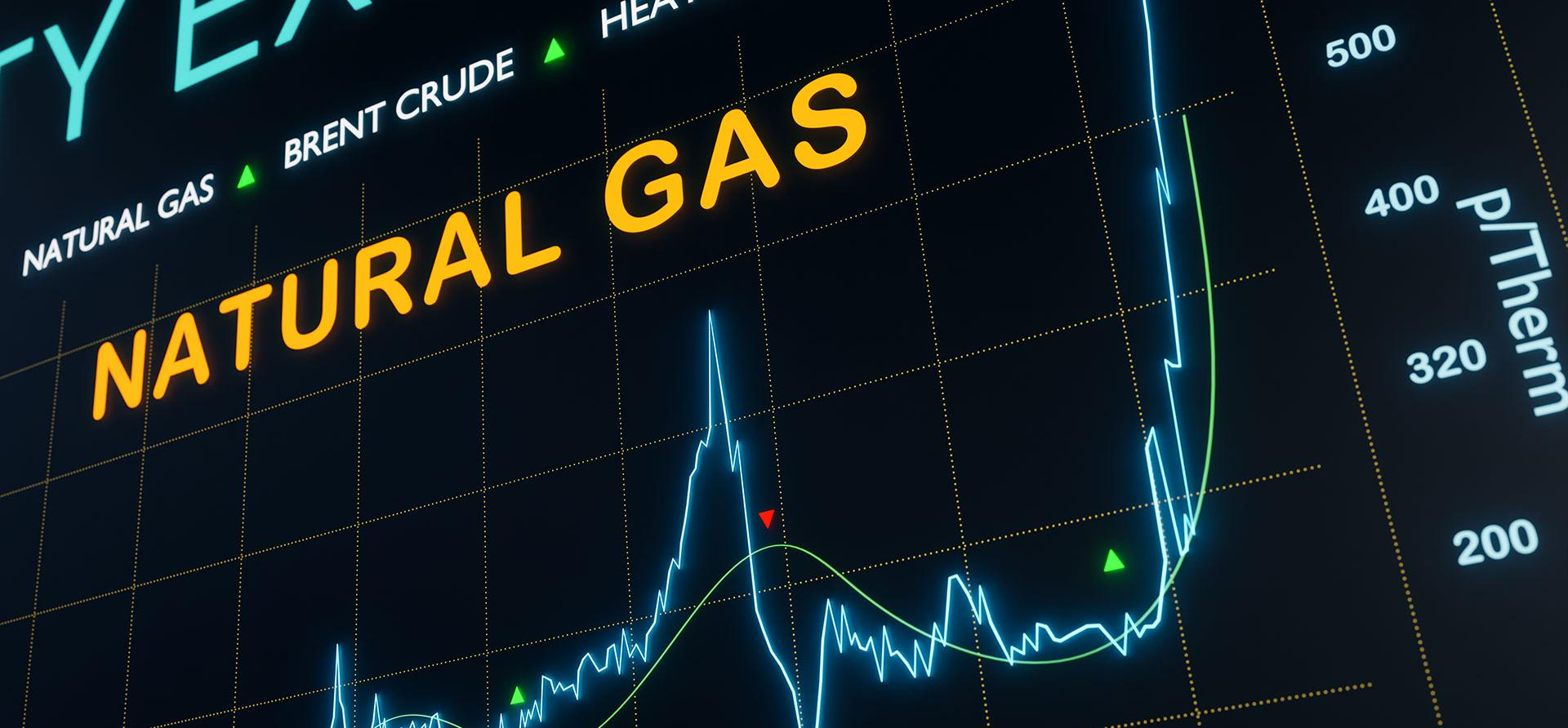Massive gas subsidy will further gas cartel profits at Australian gas consumers' expense
Download Full Report
View Press Release

Key Findings
Gas being accessed in the Northern Territory is very high-cost gas with high piping costs in a low-cost gas world. Producing high-cost gas does not bring down the cost of gas for domestic consumers in Australia.
The extent of the gas price gouge means it is now economic to import gas into Australia. There are currently five gas import terminal proposals in Australia. If all are built, they will have the capacity to supply over 90% of Australia’s east coast market.
The gas cartel’s treatment of the Australian business and retail consumer has resulted in industry closure and will see further industrial destruction.
Executive Summary
In brief:
- The onshore gas industry has not paid its share of taxation or royalties yet is in line for a large subsidy in the form of very cheap financing (see Section 3).
- Gas being accessed in the Northern Territory is very high-cost gas with high piping costs in a low-cost gas world. Producing high-cost gas does not bring down the cost of gas for domestic consumers in Australia. (Section 4)
- Even if cheap onshore gas can be accessed it will not result in lower prices for consumers. Australia’s east coast gas cartel artificially sets the price, ensuring charges domestically are above prices Australia’s customers pay in Asia.
- Prices for gas in Asia have collapsed. The world is awash with Liquefied Natural Gas (LNG) capacity and globally prices are very weak. The spot price of gas in Asia5 is now $7.14/GJ (as at 24 April 2019). The same gas that Australia exports was $9.11 in the state of Victoria - some 28% more. (Section 5)
- The extent of the gas price gouge means it is now economic to import gas into Australia. There are currently five gas import terminal proposals in Australia. If all are built, they will have the capacity to supply over 90% of Australia’s east coast market (Section 6). Australia - the world’s largest gas exporter - will be an import supplied market. This is an absurd situation.
- The gas cartel’s treatment of the Australian business and retail consumer has resulted in industry closure6 and will see further industrial destruction.
- Gas is no longer a competitive fuel for electricity production in Australia and its usage is falling. Gas usage for power generation is at its lowest level in a decade at just 7.6% of the National Energy Market (NEM) in 2018. While wind and solar have increased from less than 0.5% to 11.9% over the last decade, gas usage has fallen. Simply put, gas is not a transition fuel in Australia. It is too expensive (Section 7).
- The opening up of two major gas provinces in Queensland and the Northern Territory will ensure that Australia fails to meet its Paris commitments7 and leaves the Labor party’s climate policy credibility in tatters.
To support a loss-making industry that has failed to supply Australian consumers with gas at a reasonable price, or pay its fair share of royalties and tax, is total policy failure. The Labor party should reverse this populist decision in the nation’s interest.
Please view full report PDF for references and sources.
Press release: IEEFA briefing note: New policy for massive subsidies for Australian gas industry is a poor decision















